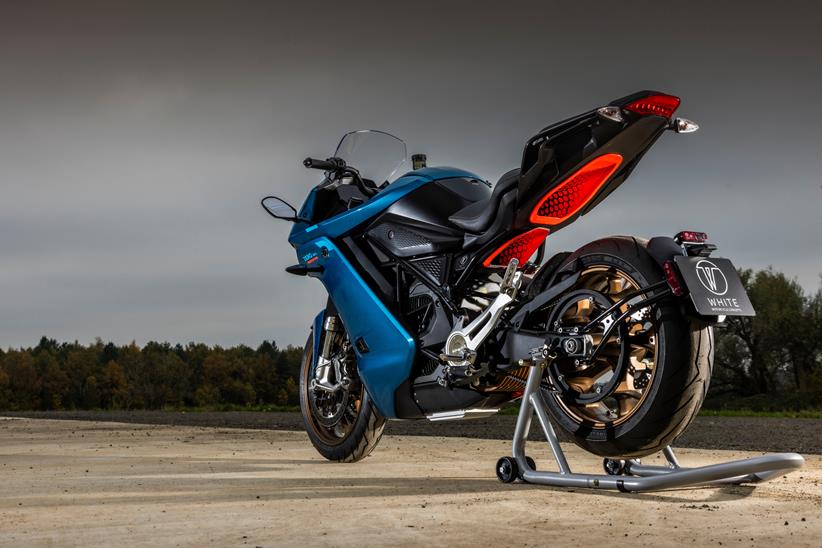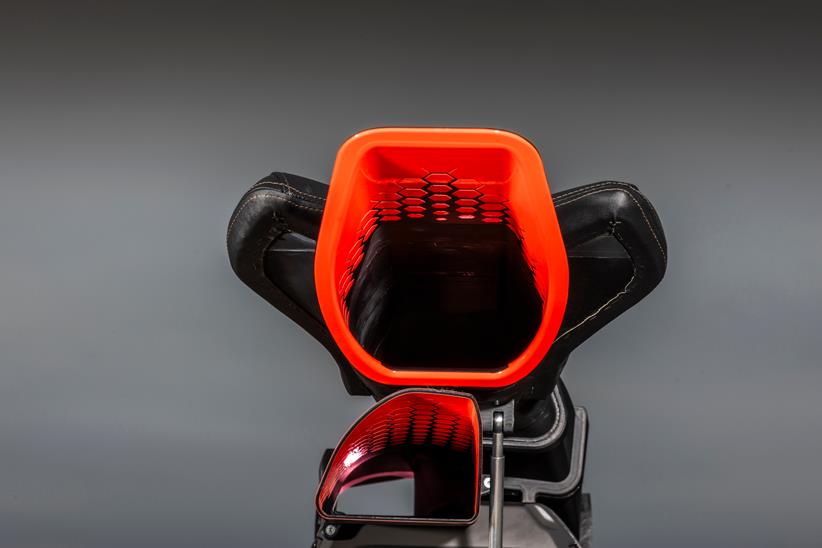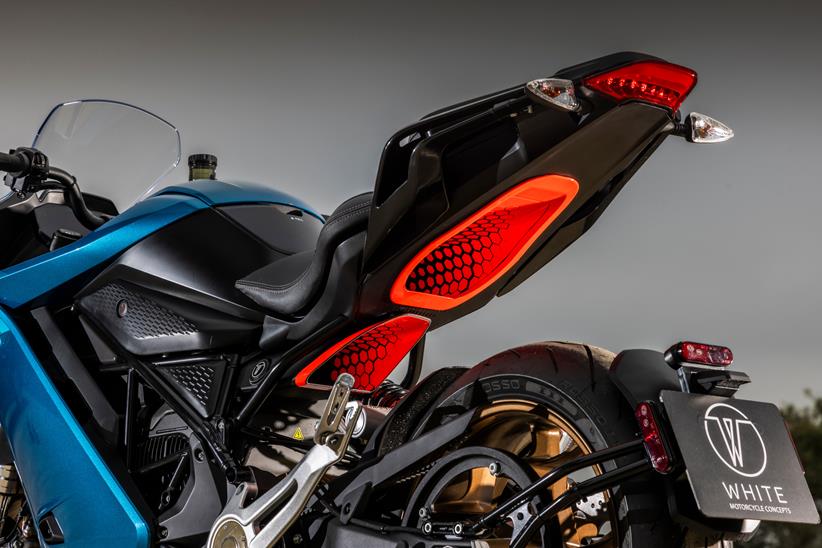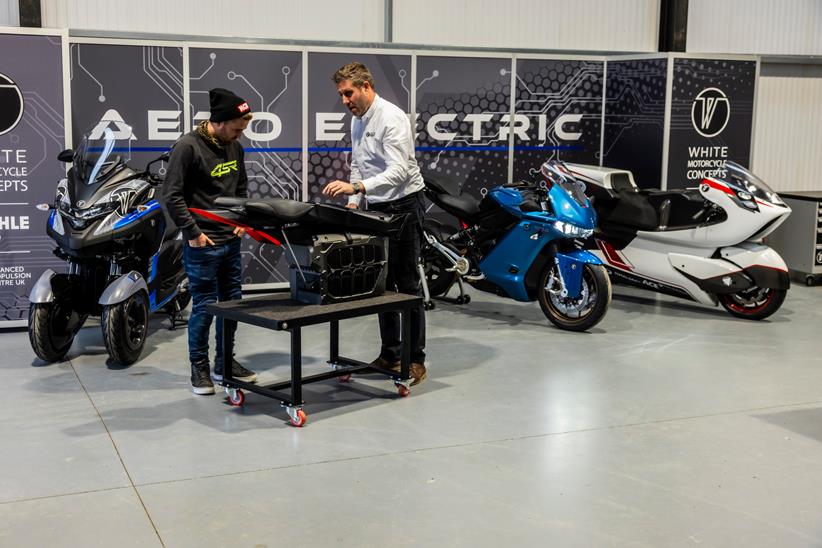Hole in one! British firm boosts aerodynamic efficiency of electric bikes in partnership with Zero
It’s no secret that large capacity electric motorcycle sales are struggling in markets like the UK, with only 58 plug-ins over 47bhp selling across Britain throughout the whole of 2023, and this year’s numbers continuing to dwindle.
Barriers to EV success have included price, weight, range and charge time – none of which are quick fixes – but in the UK the team at Northamptonshire-based White Motorcycle Concepts are doing their bit to level the playing field.
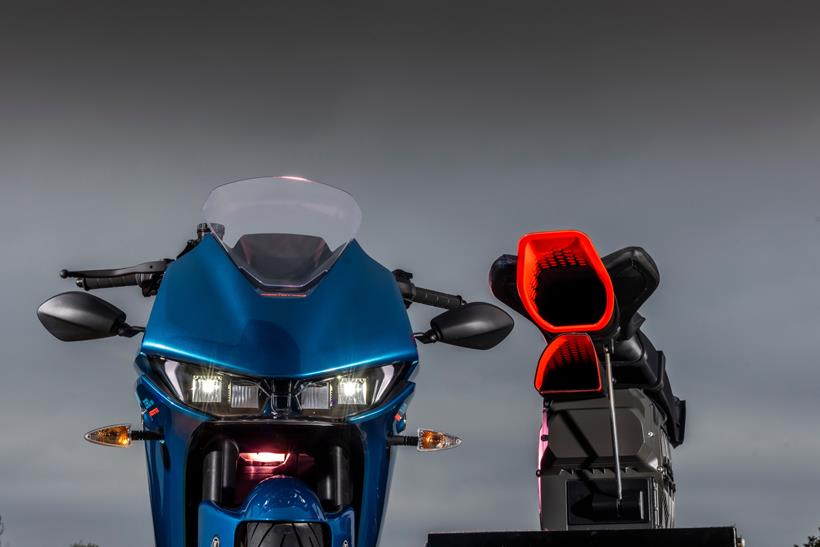
Founded by former Formula One engineer Robert White, the team are dedicated to boosting aerodynamic efficiency on motorcycles – previously launching a WMC250EV land speed record machine and WMC300 petrol-electric hybrid based on the Yamaha Tricity both using a large central Venturi duct to allow air flow through the centre.
The experienced team are now also launching an intelligent aero prototype in partnership with American firm Zero Motorcycles – essentially taking their SR/S production sportsbike and fitting a sizeable duct through the middle to increase efficiency.
- Related: Zero DSR/X long-term test review
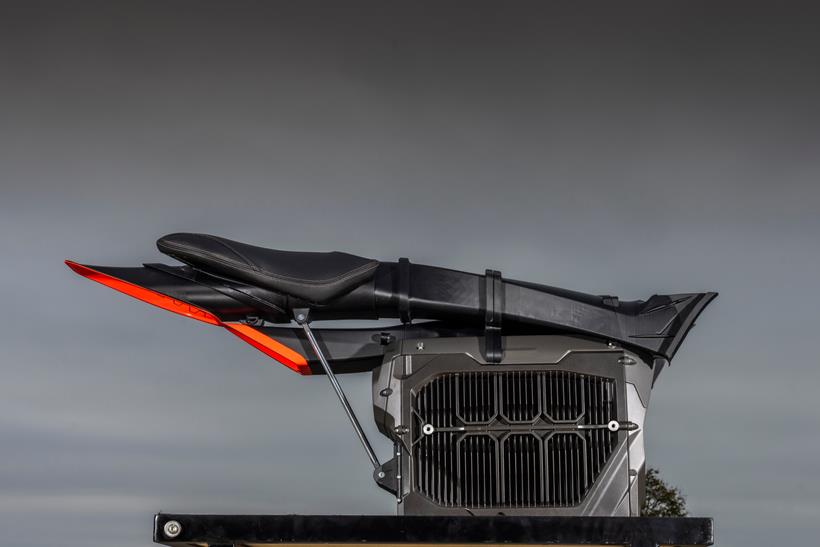
“We’re not looking for downforce,” founder and CEO, Robert White exclusively told MCN. “We’re looking to bridge the gap in range between electric and combustion by utilising other areas rather than just focussing on the batteries or motors, which has a huge financial cost for a very slight gain.
“We’re doing this by incorporating four-wheel technology and knowhow into two-wheel efficiency, as the biggest worry in the car world with EVs used to be range. Now that’s sorted, it’s all about infrastructure – we want to get there with bikes.”
But it’s not a simple task. This project has taken hundreds of hours of design work and many different prototype models that have received extensive testing and refinement to get to this point.
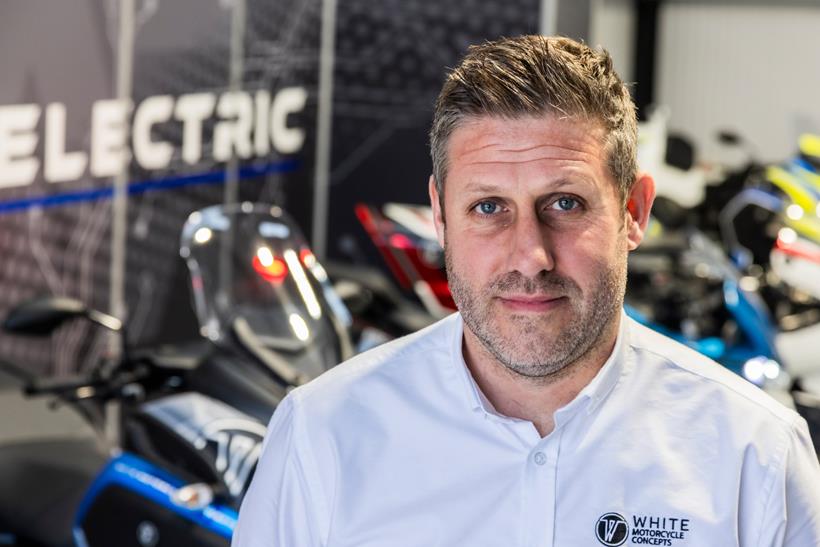
Eventual changes have included altering the sub-frame, seat height, packaging of the ECU and the shape of mudguard and fork protection on the standard machine.
And the result? White explains: “The impact of this particular model is a 10% reduction in aerodynamic drag, which equates to between a 7% and 9% extension of range in regular riding conditions.”
In real terms, this means that where Zero claim around a 116-mile maximum range from the SR/S during ‘high speed commuting’, with the addition of the duct that would rise by at least eight miles, which is a substantial gain considering that the rest of the machine’s battery and motor remains untouched.

And this benefit comes with very little in terms of a downside, as the failure risk is extremely low compared to a new power unit or battery. The benefits also increase with higher speed riding too, which is the opposite of what we’d usually expect from innovation within the EV market.
“It’s all dependant on the architecture of the bike, and we’d like to be in a position to work with manufacturers from the very beginning of the design process, and to have our ducts included from the very beginning. With this, we could get make even greater steps to make electric vehicles far more efficient.”
To see the bike in person, visit the Zero stand at Motorcycle live, running from November 16-24 at Birmingham’s National Exhibition Centre.
